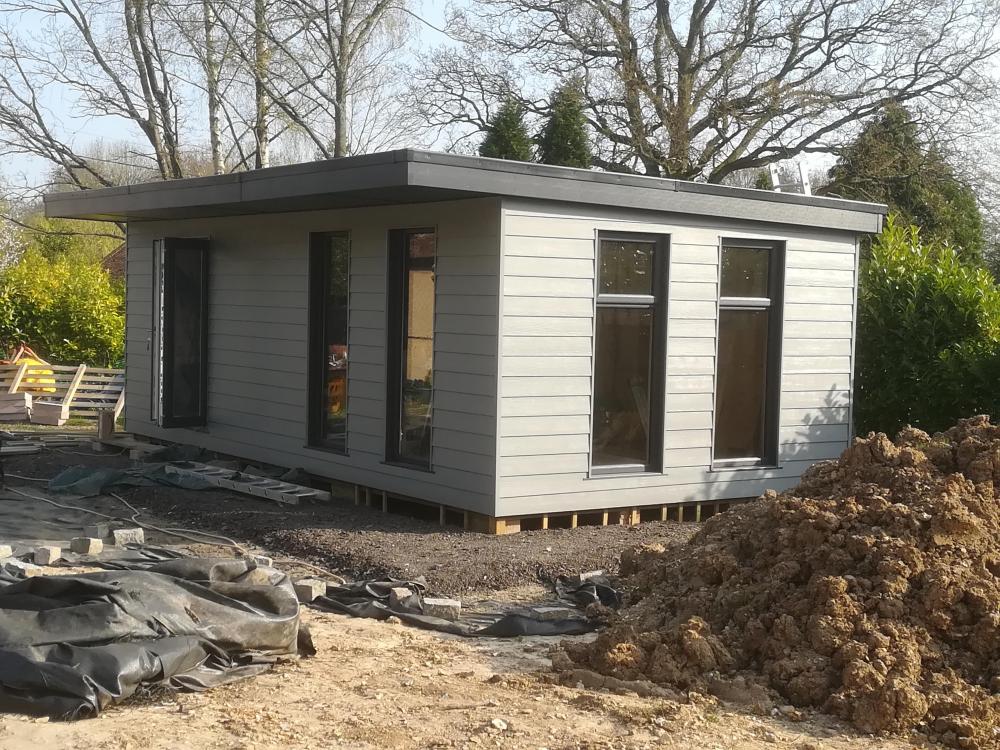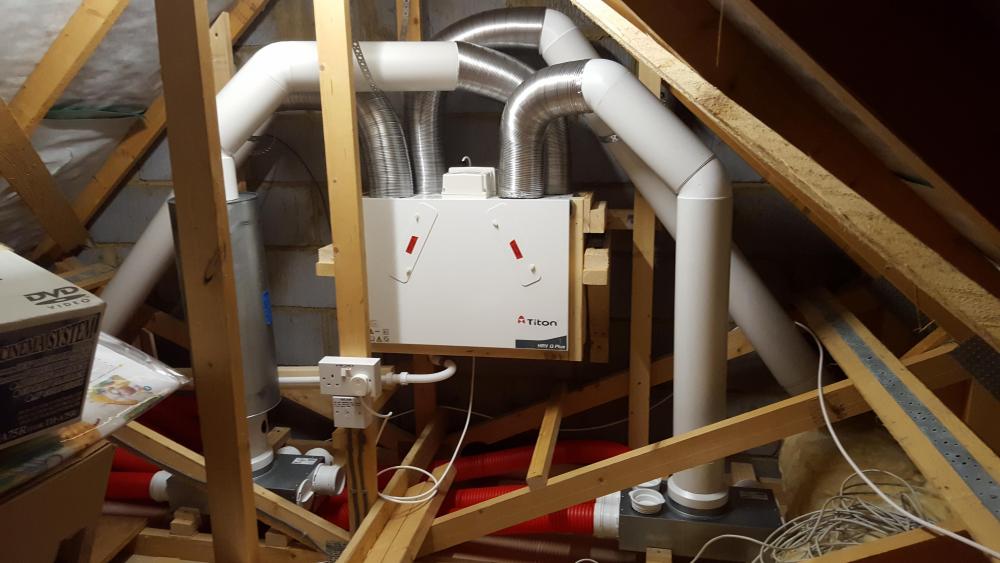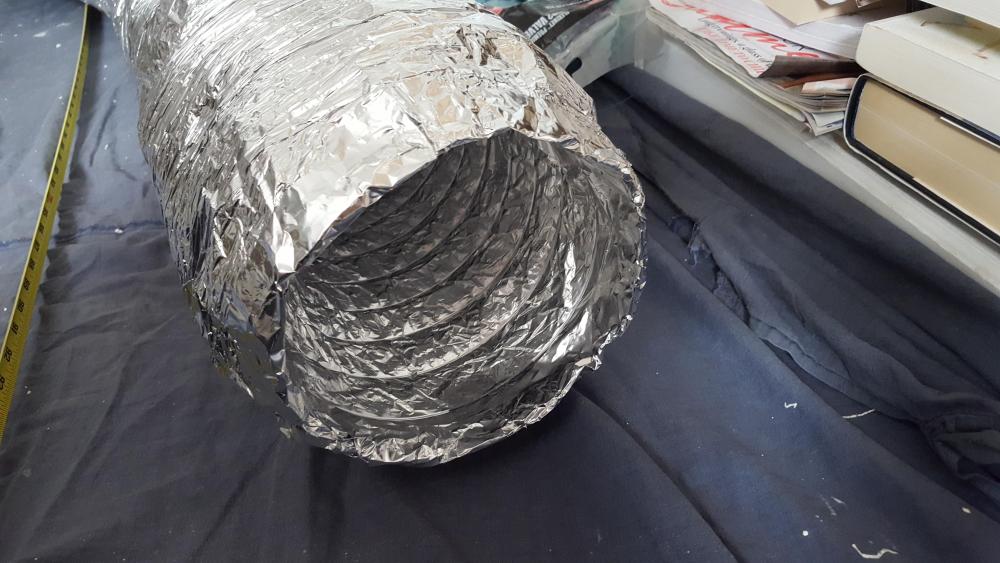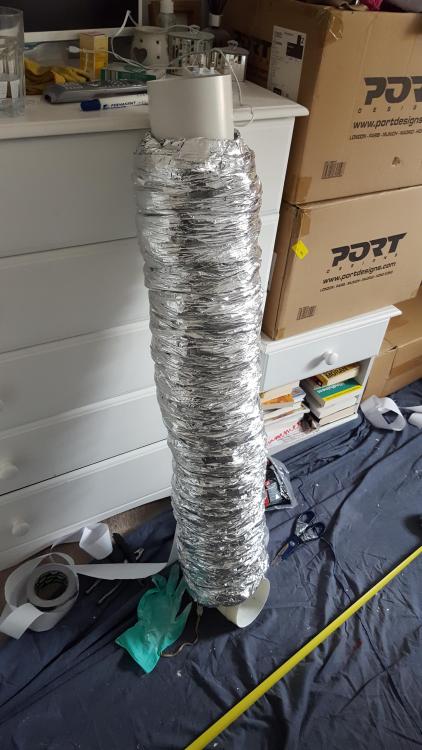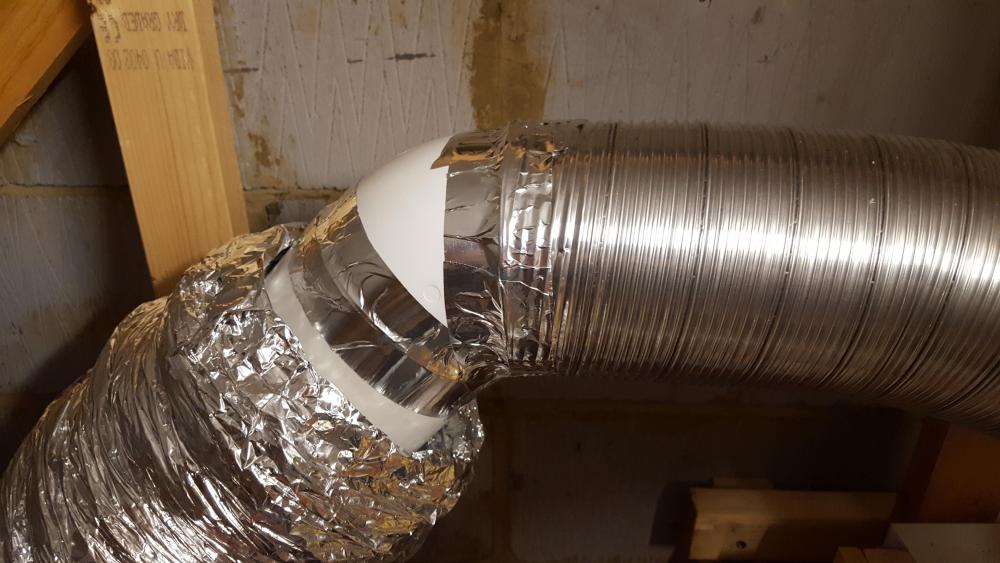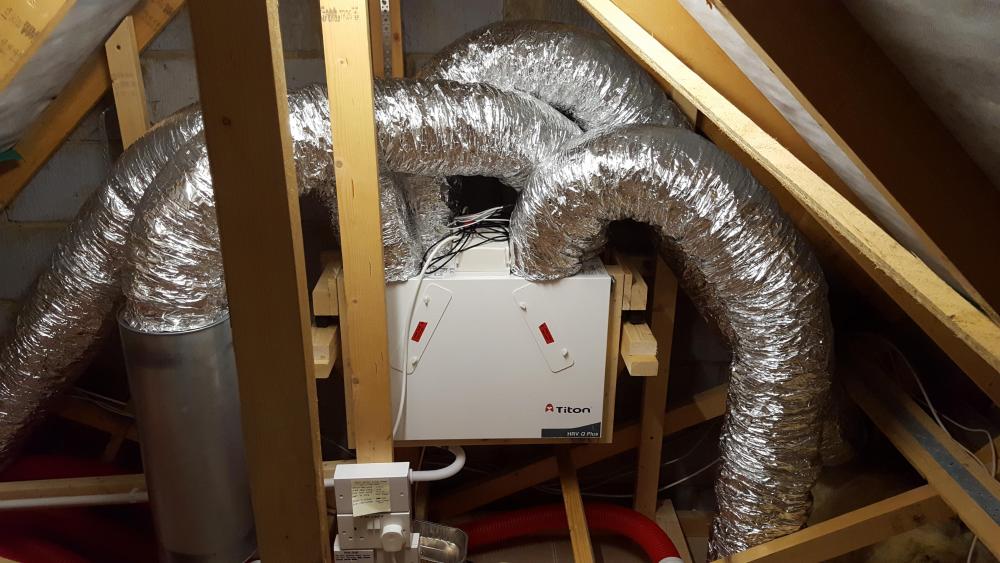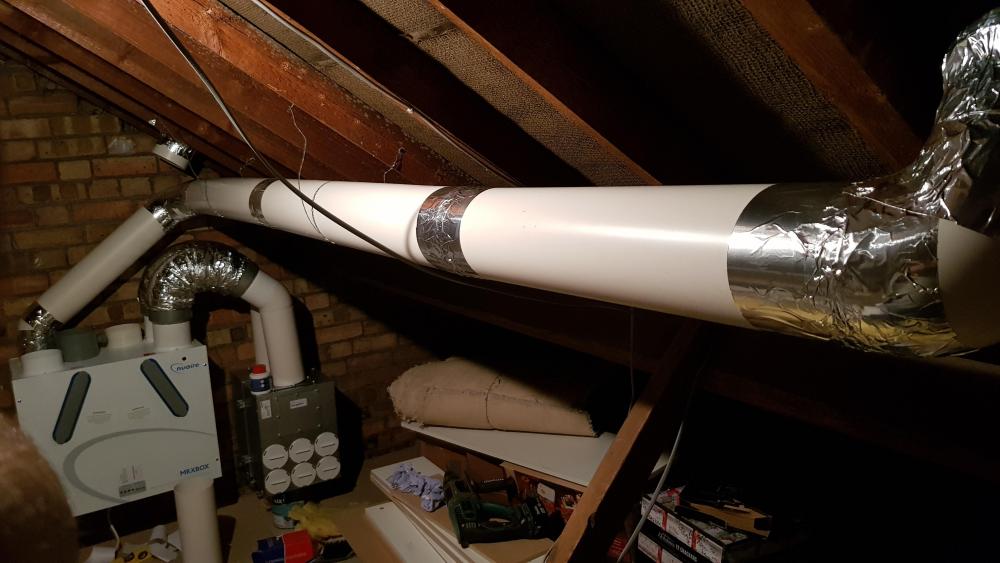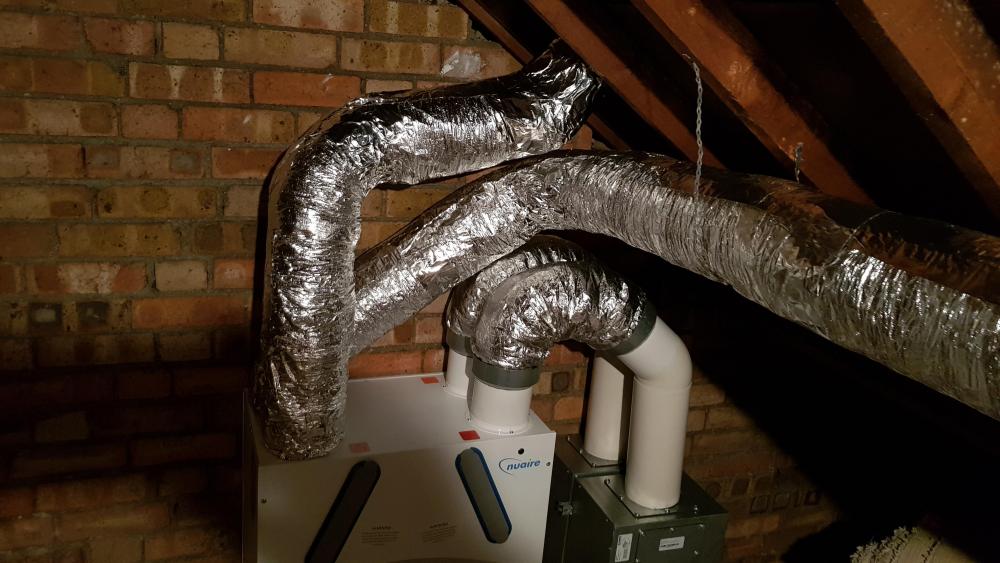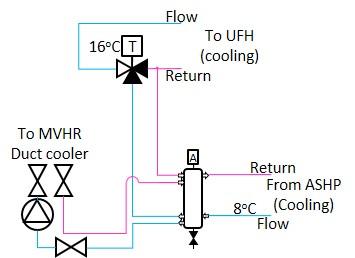Leaderboard
Popular Content
Showing content with the highest reputation on 04/18/20 in all areas
-
Pull the rubber out of another (same make) and swap them over. As Tommy Cooper said JUST LIKE THAT. Get a warm bucket of soapy water and get some of that dusty crud from around the rubber, clean the groove before inserting new cleaned rubber.2 points
-
And here is an example of an applicant writing to the his local council with a deemed discharge notice in 2019: http://plan.scambs.gov.uk/swiftlg/MediaTemp/1154319-869034.pdf2 points
-
If it had PP 12 years ago you shouldn’t have any problem now If anything planning rules have become more relaxed over the last 5 years Good luck2 points
-
It doesn’t have PP at the moment, but it had it 12 years ago for 4 houses, so I’m hoping it’ll get it again. There’s old buildings, water and power so it’s primed for it!2 points
-
The flow remains the flow, but is cool, rather than warm, so in cooling mode, instead of the return being 4 deg C cooler than the flow, it's 4 deg warmer. I was surprised to find that these actuators worked the same in cooling mode, but I guess it's just a function of them not caring which way around the sensors are clipped on.1 point
-
Just good quality at a sensible price. The "unique" thing is the switches allow you to unscrew and move the actual switch modules, allowing you to mix intermediate and 2 way switches in the same faceplate. The only way to do that with any other make is grid switches.1 point
-
We have an oak worktop on our island, and that has been coated with 3 coats of 2 pack varnish from Howdens (I forget the make) I think that is a better finish for a worktop than oil as spills just don't soak through, even red wine does not make an impact and just wipes off.1 point
-
1 point
-
Had one in a posh house i worked on. step out of the shower, dance around a bit. 30 seconds later, you are dry. Bit like a big hand dryer in the ceiling.1 point
-
Or have a flush mounted ceiling high powered fan. Out of shower, stand under. No towel needed. Proper posh.1 point
-
Do it 200mm wide tall jobie will work wonders, and your manhood will thank you.?1 point
-
1 point
-
Hi all, After 10+ years researching self build (including this excellent forum), have just secured planning permission for a bungalow demolition and construction of a 1.5 story 260m2 house just outside Guildford. I've designed the replacement (my first whole house design) and currently working on the developed design and costing. Current plans are for: Potentially piled foundations due to clay soils and close proximity of Oak trees Timber frame/SIP construction - one timber frame supplier is recommending timber frame for the walls and SIPs for the roof (1st floor has mainly vaulted ceilings). Build route: will place a contract for the timber frame and then project manage contractors myself with some DIY (see below). External skin will be rendered - current preference is for render on boards as opposed to a blockwork outer skin. Will have quite extensive glazing including three glazed gables. Will have limited home automation technology - I've got some core Loxone components in a test rig in the current house, ready for a play when the training courses resume. Plans are mainly to control lighting in some key room + heating + alarm system. I've have a fair bit if DIY experience and may have have to invest much time DIYing to control costs - the parts of the build I could DIY total about 1 man year of effort :(. Current costing (with minimal DIY) is around £1700/m2 - which I will need to reduce. Will create separate posts over time with questions on some of the above. All the best , Terry1 point
-
Thanks all. I think I'll go with a combination of grinding off the worst of the ridges and a sprinkling of sand under the PIR.1 point
-
Must be infuriating. I had started talking to our planning officer just before they introduced the £90 pre-application advice fee here. He replied to the last email sent before that came into force telling me that he was now forbidden from discussing anything more until I'd filled in the form and paid £90. I chose to just submit a full application (as it wasn't much more money) and then continue the discussion with him. At one point he acknowledged that the pre-application fee was causing more people to just submit applications and then enter into lengthy exchanges over details, which was soaking up more of his time than the old process of a few informal 'phone calls. The daft thing is that pre-application advice isn't binding, and is a single shot, whereas submitting an application effectively gives you more than one go. Sometimes I think that the people that make some of these rules really need to take a close look at their likely impact.1 point
-
Well, if they required FOI request and £10 I wouldn't mind. Again, was not asking them to confirm that I could build a specific outbuilding, just to say "yes, your house has PD", it shouldn't be a research but a DB check question. This way they basically force me to pay the full fee. It's quite surprising there is not a simple checkbox on a planning portal for this yes/no information. All that IT effort - and they don't really use it properly. In our case there was a full PP process so I'd hope they could make checks as a part of it.1 point
-
Given the need to to insulate the ducting going to/from the MVHR unit (which, in my case, is installed in an unheated loft space which is a bit cramped given it's what's left of the roof space in our 2.5 storey house) I was wondering how best (read: easiest!) to do this. Here's my unit which as you can see I went with rigid smooth-wall piping for the unit-to-manifolds where possible and aluminium semi-rigid ducting for the final connections so as not to transmit vibration-induced noise (the whole unit is sat on a frame sitting on rubber exhaust mounts so is fairly free-floating): I did consider flexible insulated ducting for these final connections but didn't fancy wrestling with it to ensure it was taught enough to avoid flow restrictions. The idea did however occur to me though that it would make an ideal outer insulation layer for my ducting and as I hadn't heard of others doing so (maybe for good reason!) I thought I'd share what I did... My ducting is 125mm and so to ease fitting of the insulated ducting - particularly round bends - I bought the next size up (150mm) and taped the ends to keep things clean and easy to handle (the inner core, vapour barrier, insulation and outer layer are all separate and can move around a bit when manhandled): After stretching out the insulated ducting and cutting to length I then compressed it back over a section of rigid ducting: I then refitted the ducting, taped up the inner ducting joints... ...and expanded the insulation round giving what I thought was quite a neat final installation with no joins: Not only was it easy to fit but with the ends taped it provides what I assume to be a decent vapour proof insulation layer, which I believe is important. I also went for the acoustic insulation option (it has small holes in the inner core to allow sound through to be absorbed by the insulation layer) although this was more down to 'why not?' than any particular need as the unit is fairly quiet in operation. As I said, just though I'd share this in case the method is of use to anyone else.1 point
-
1 point
-
1 point
-
Aldi special buy, online only; Scheppach HP100S plate compactor for just shy of £300 delivered. That's way cheaper (~ £150) than I can find it else where. I've ordered one to sell on when I've finished landscaping. (Yeah, I know, I'll end up keeping it if it's any good...?)1 point
-
I'm in the same boat with my garage floor. The power screed fell to bits on the day we poured and it cut along story short my floor is like the surface of the moon. ?1 point
-
I did a shower last summer, and listed all the purchases here: There is no problem mixing, but you need to be sure they fit - or you have leeway to juggle. Ferdinand1 point
-
When I was designing my system (3 years ago) I looked at adding a duct cooler as well as slab cooling and to overcome the problem of condensation I planned on running the ASHP (in cooling) at about 8oC but using a thermostatic to provide warmer 16oC to the slab. Doing this by providing the UFH return to the hot side and the ASHP to the cold side, and utilising a hydraulic separator to balance the pressure. This was one of my original layouts. The TMV would draw enough cooled water to reduce the return to the desired level, whilst allowing the duct cooler maximum power. The ESBE TVA572 series of valves have an option down to 10-30oC control which would work (confirmed with them) or could utilise an electronic controller I use a CRA110 controller on a VRG 130 mixing valve to control my UFH (I run it at 26oC), but it goes down to +5 so could be used as a cooling control. It is a complication but to maximise duct cooling whilst avoiding floor condensation it is an option.1 point
-
Her loss eh? It's the reason I got it. SWMBO steps under it and at the touch of a button comes out looking like that.0 points
-
We've definitely got two hedgehogs although not all the time. Sometimes it's just a one night stand. Hog hump short.mp40 points
-
0 points
This leaderboard is set to London/GMT+01:00




